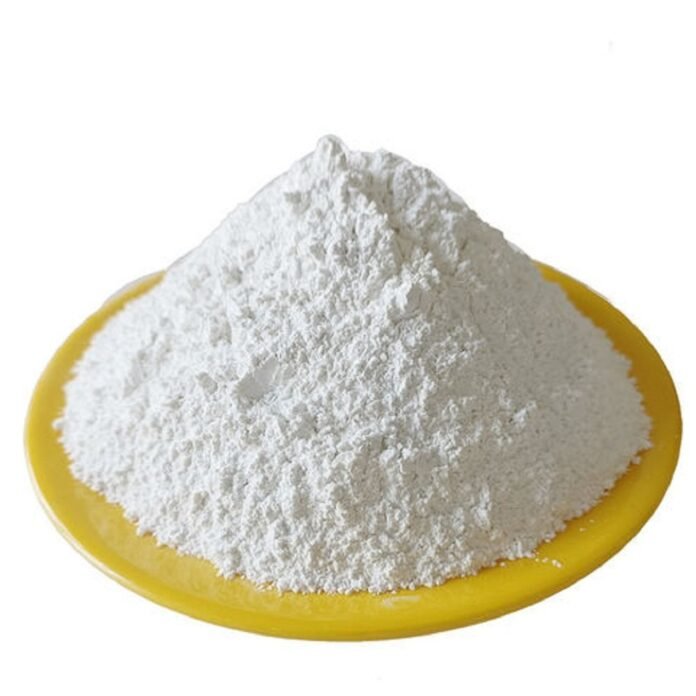Calcium carbonate is a common substance found throughout nature, particularly in seashells and rocks. It plays a significant role in various natural processes and has diverse applications in industries. This article explores the natural occurrence of calcium carbonate and its importance.
Natural Occurrences
Calcium carbonate is primarily found in three natural forms: limestone, marble, and chalk. Limestone is a sedimentary rock composed mainly of calcium carbonate and forms from the accumulation of shell, coral, and algal debris. Marble, a metamorphic rock, originates from the transformation of limestone under heat and pressure. Chalk, another form of calcium carbonate, is a soft, white, porous rock formed from the remains of tiny marine organisms.
Seashells and Marine Life
Seashells are a prominent source of calcium carbonate. Marine organisms, such as mollusks and corals, use calcium carbonate to build their shells and skeletons. This mineral provides structural strength and protection. When these organisms die, their calcium carbonate-rich shells contribute to sediment formation on the ocean floor. Over time, these sediments can become limestone rock.
Formation of Rocks
The process of rock formation involving calcium carbonate begins with the deposition of calcium carbonate in bodies of water. Over millions of years, the accumulated layers of calcium carbonate can compact and solidify into sedimentary rock, such as limestone. Geological processes, such as tectonic activity, can then elevate these sedimentary rocks, transforming them into marble. This metamorphic rock is prized for its use in sculpture and architecture due to its beauty and durability.
Uses of Calcium Carbonate
Calcium carbonate has numerous applications in various industries. It is widely used in the construction sector for making cement and concrete. Its versatility extends to the paper industry, where it is used as a filler and coating material to improve paper quality. Additionally, calcium carbonate is a key ingredient in many household products, such as toothpaste and antacids, due to its neutralizing properties.
Production and Supply
Calcium carbonate powder, a refined form of calcium carbonate, is produced through the grinding and processing of natural sources. This powder is used in various industrial applications, including the production of plastics, paints, and coatings. In India, several manufacturers supply high-quality calcium carbonate powder, catering to the needs of different industries. The process of creating this powder involves careful selection and processing of raw materials to ensure the product meets industry standards.
Environmental Impact
The extraction and processing of calcium carbonate can impact the environment. Quarrying for limestone and marble can lead to habitat destruction and soil erosion. However, many manufacturers are adopting sustainable practices to minimize environmental damage. Recycled calcium carbonate is increasingly used to reduce the reliance on natural resources and lower the carbon footprint of industrial processes.
Conclusion
Calcium carbonate is a fundamental component of our natural world, found in seashells, rocks, and marine organisms. Its role in the formation of limestone, marble, and chalk highlights its significance in geological processes. Beyond its natural occurrences, calcium carbonate powder is crucial in various industrial applications. Understanding its natural sources and uses helps us appreciate the importance of this versatile mineral in both nature and industry.



